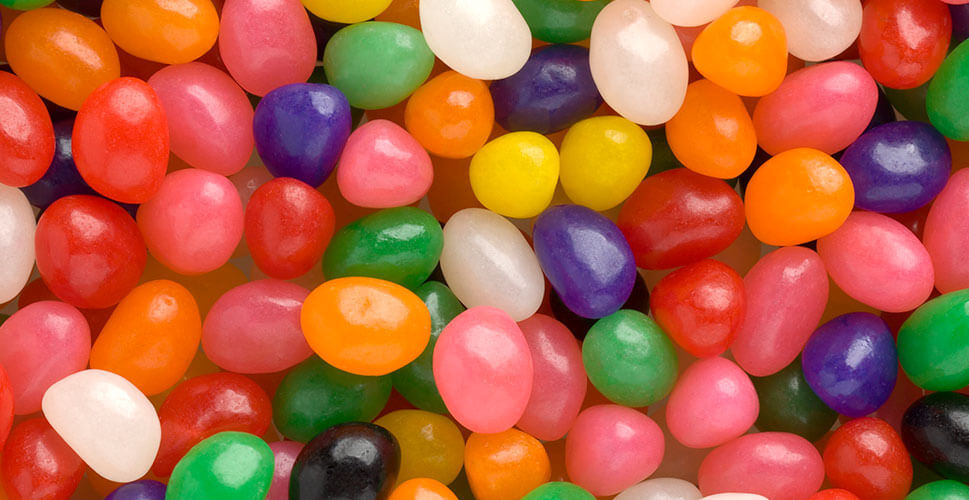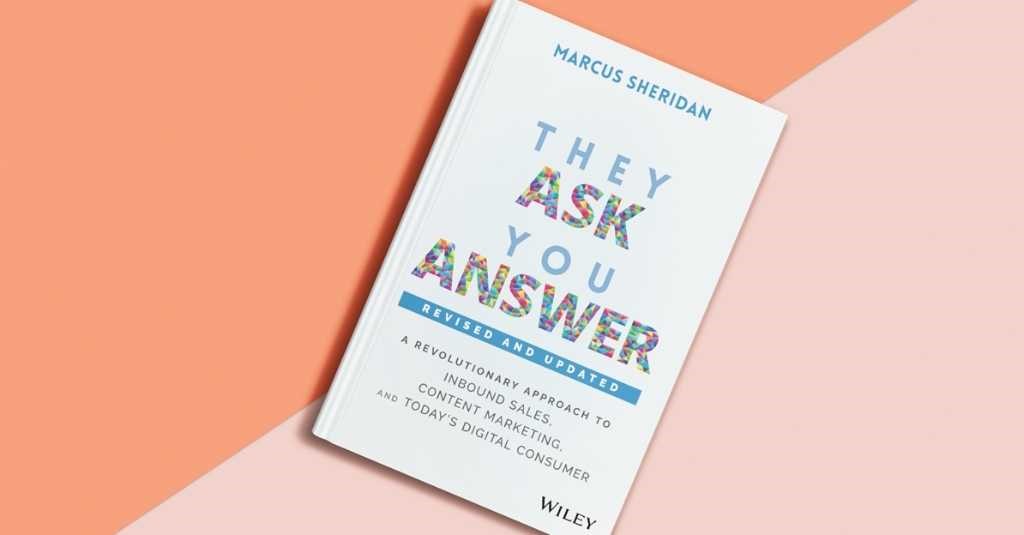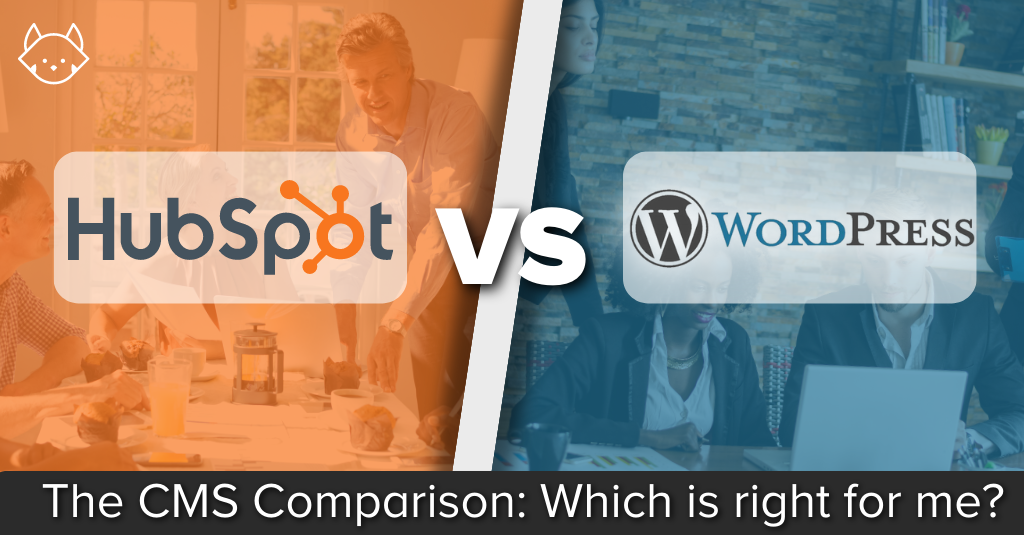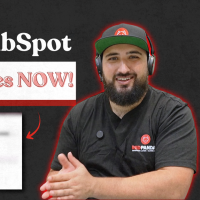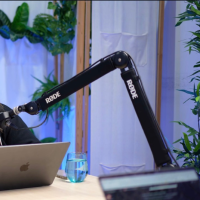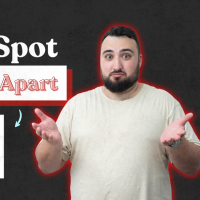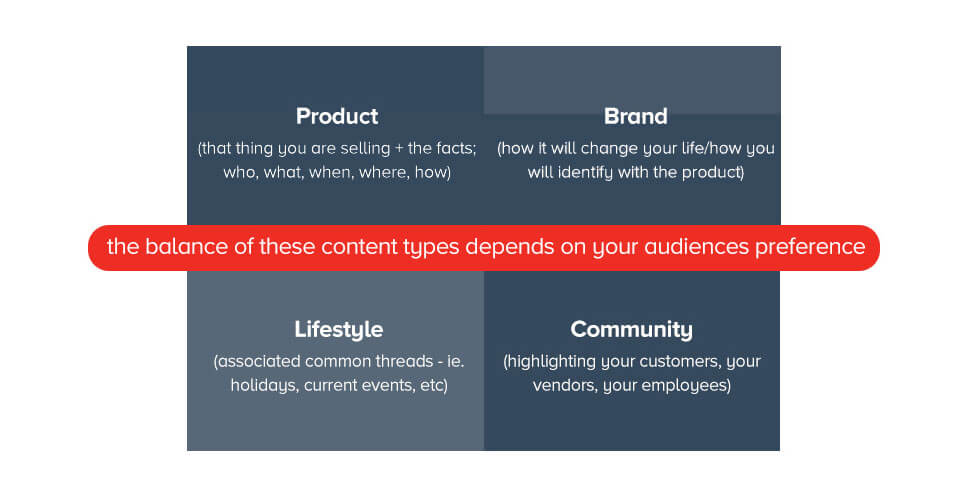Most savvy brands have known for at least 3 years now that Content Marketing is the holy grail of attaining/maintaining thought leader status as well as being one of the last ways to establish brand differentiation.
What brands are still struggling with however is ‘what do we say?’- which also happens to be a frequent question we are asked when the topic of Content Marketing is broached.
Enter the Content Marketing mix.
The Content Marketing Mix
It is important to note the Content Marketing mix is not a content strategy in itself, albeit an important component of one. However it can provide much needed variety in a stale and narrowly focused content calendar.
1. Product-type Content Marketing
Brands usually don’t have a problem coming up with this type of content. In fact, many brands are too heavy with product type content marketing, which can lose it’s efficacy if not balanced by other forms of content.
Product type content can be very powerful in demonstrating features, benefits and comparisons and indeed, a brand doing ‘too much’ product type content marketing will always beat a brand not doing any content marketing – if only for SEO merits alone.
The key is balance and breaking up product type releases by not forgetting the other types in the mix so when product marketing is syndicated, it can have a greater impact.
Brands with large communities or ‘tribes’ do this particularly well. Other pillars of content marketing such as brand and lifestyle, help facilitate ongoing relationships to the point when product marketing is released, it yield a viral, almost cult-like reception.
Pop-Tarts, owned by Kellogs, has long had a cult following. The company leveraged their community in exemplary fashion when they launched their new peanut butter flavour in May.
Pop-tarts first engaged it’s audience to come up with the flavour and then revealed the new ‘secret’ to facebook fans first spiking viral reception and product buzz.
2. Brand-type Content Marketing
It has been proven time and time again, consumers buy what your brand stands for, the ‘why’ of your brand, not the tangible products and services you are trying to sell them.
Brand type content is still related to your product or service but it promotes them more inconspicuously. It does so by focusing less on product features and benefits and more on customer motivations, values and ideals.
Content Marketing is ideal to communicate your ‘why’ or a value proposition because for a value proposition to resonate with an audience, consistency and frequency is required.
Brand sponsorship is an example of brand type content if it is used to tell brand success stories that incorporate the brand. A brand that does this well is Nike.
Nike has a history of partnering with sporting legends and using them to communcate success stories and promoting it’s consistent ‘why’ of elite performance.
In the B2B world, this could involve case studies and conversations around projects that demonstrate an organisation’s scale and capability.
3. Lifestyle-type Content Marketing
Lifestyle type content aims to resonate with your audience but can often have nothing to do with your product at all.
Perhaps the most perfect examples of this the “heart-attack-waiting-happen-in-a-can” lifestyle product RedBull. Seriously, think about it: What does FlugTag have to do with sugar/caffeine syrup? How about a record jump from space?
Nothing. And it doesn’t matter. Credit must be given to RedBull for consistency and brand strategy. In fact, almost all of RedBull’s marketing and is based in lifestyle marketing and aligning to feats of human endurance and awesomeness which is reflected very strongly in it’s content marketing.
4. Community-type Content Marketing
Community type content focus on your customers and their experiences or stories with your product. Community content can be push or pull based.
An example of pull community content is asking your audiences to tag photos of themselves using your product.
Pull content, often known as crowd-sourced content, is often turned into push content i.e. if a brand turns its customer submissions into an epic montage on the sides of buildings and uses local press to create buzz.
Hub Australia, a collaboration and co-working powerhouse, successfully engages in co-creation to build hubs that it’s communities have had a palpable say in creating.
Not only does this bring value to communities but it also helps communicate the Hub value proposition to like minded individual and organisations that believe in the power of collaboration and networking.

